Born in Damascus in 1973, Jaber Al Azmeh received his BFA in Visual Communications at Damascus University. His previous series previous series Wounds (2012) tackled the emotional ramifications of the uprising in Syria, and Ba’ath (2014) addressed the lack of freedom speech as the conflict unfolded,
Border-lines takes on a more aerial perspective, exploring both the roots of global crisis and its implications by analysing the way modern architecture, much of it a legacy of war, have defined the landscapes of his region.
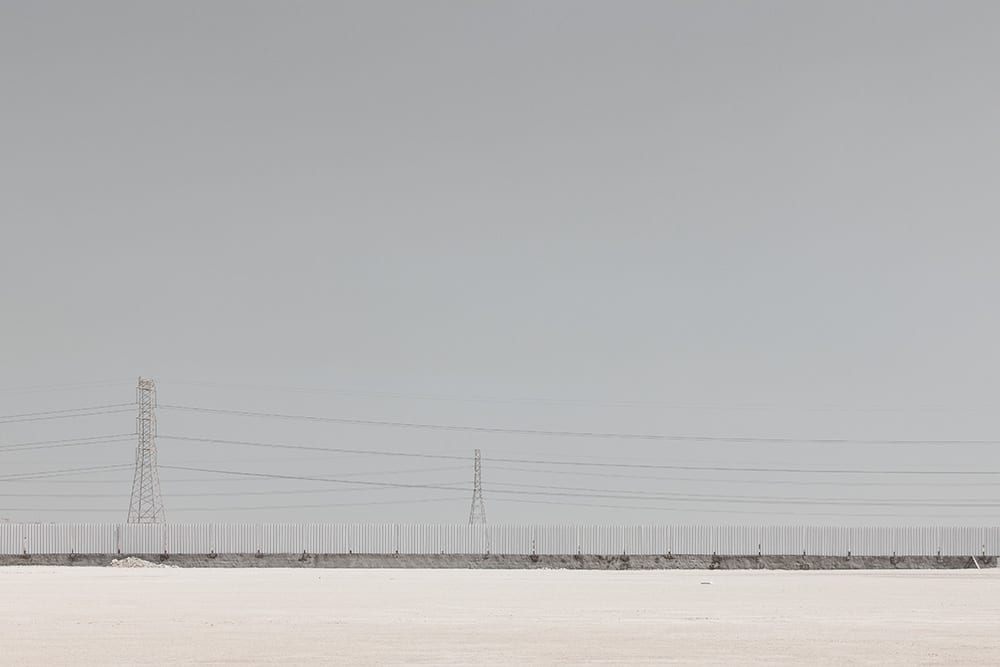
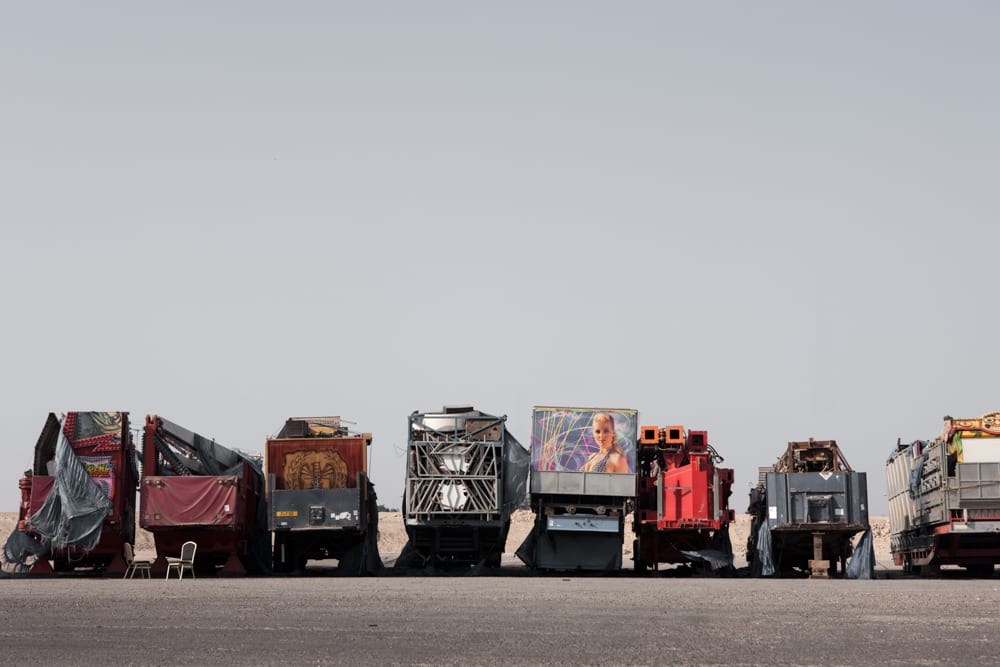
There is a line that cuts through this latest body of work. It becomes apparent that the line is a compositional aspect – a curatorial instrument of the exhibition.
In spite of the appearance of calmness and minimalism, there is an anger in these images.
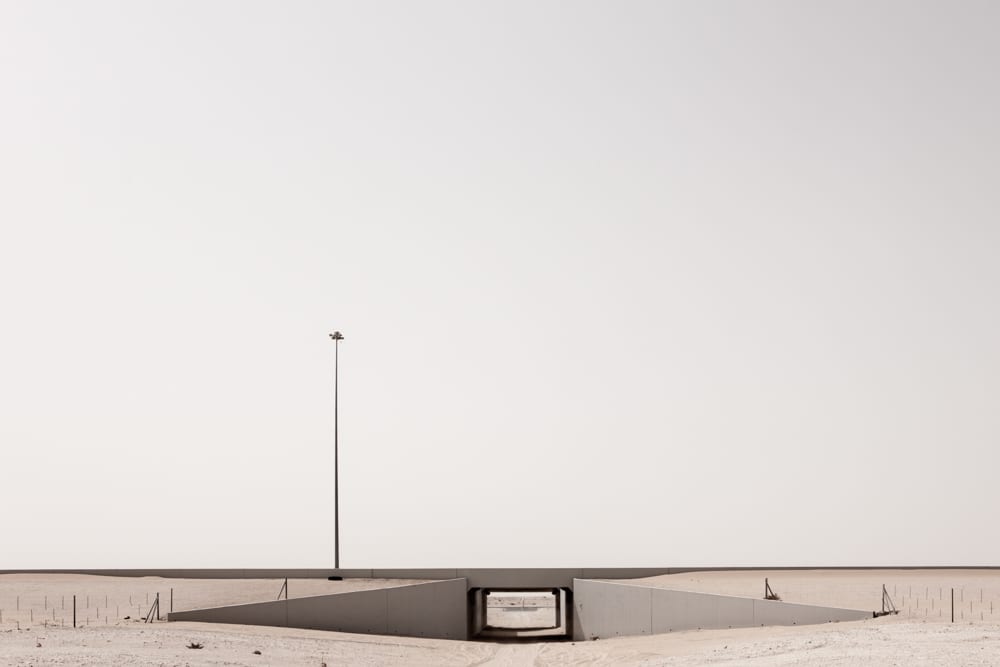
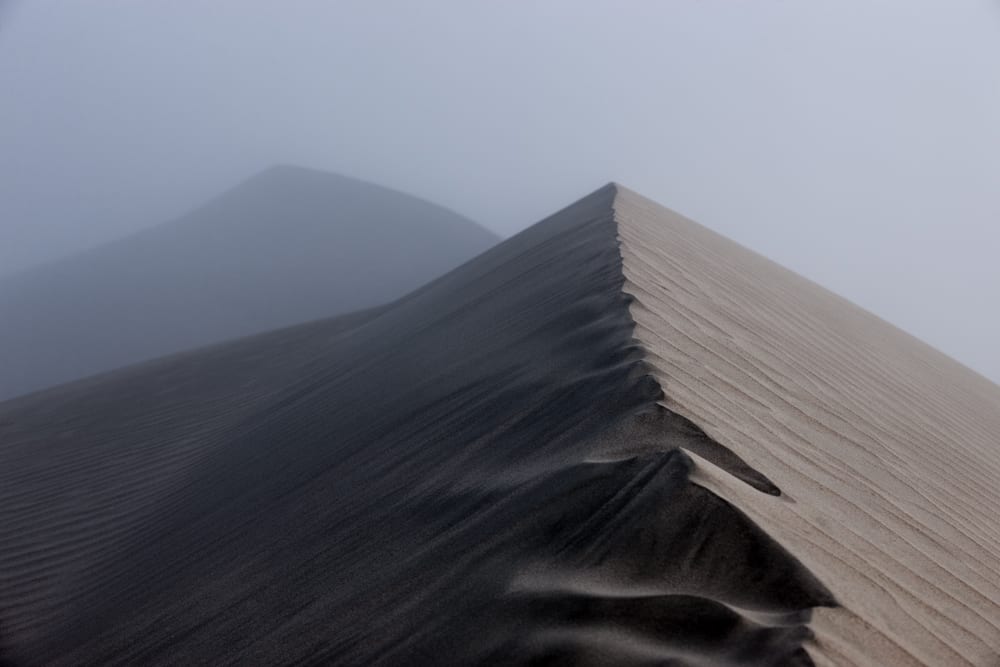
The show launches with an Orwellian feel – a cluster of photographs in barren deserts, all of which speak of consumerist, capitalist cultures, along with snapshots of global systems.
Those images – of a gigantic, rusted billboard void of a message; row upon row of identical, seemingly socialist houses empty of emotion; and a chain of frozen buses – serve to question our contemporary reality.
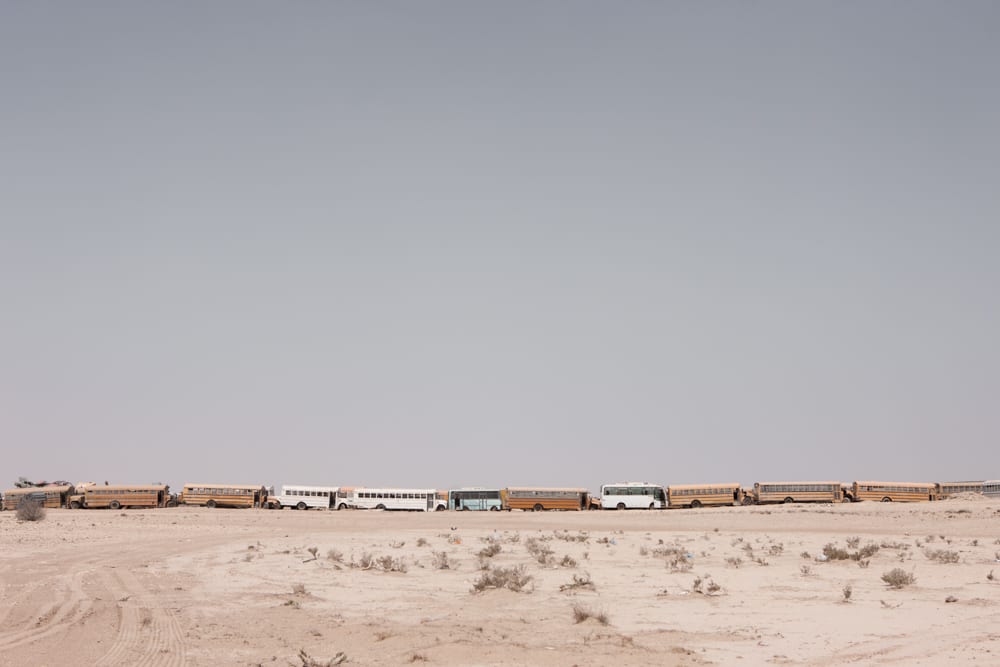
The will for survival is exemplified in the next set of images: haphazard tire tracks are marked in the sand and indicate a routing in all directions.
Rendered in various sizes, perhaps to indicate the diverse volumes of global migration, the images are predominantly consumed by the unattainable, unknown horizon to signify the biggest question here: where are we going?
Al Azmeh answers this by punctuating the exhibition with imagery that interrogates the insanity of war: surveillance cameras, oil barrels, border patrols and tunnels. Are these symbolic of an era of paranoid reign? Are they contemporary representations of nationalism?
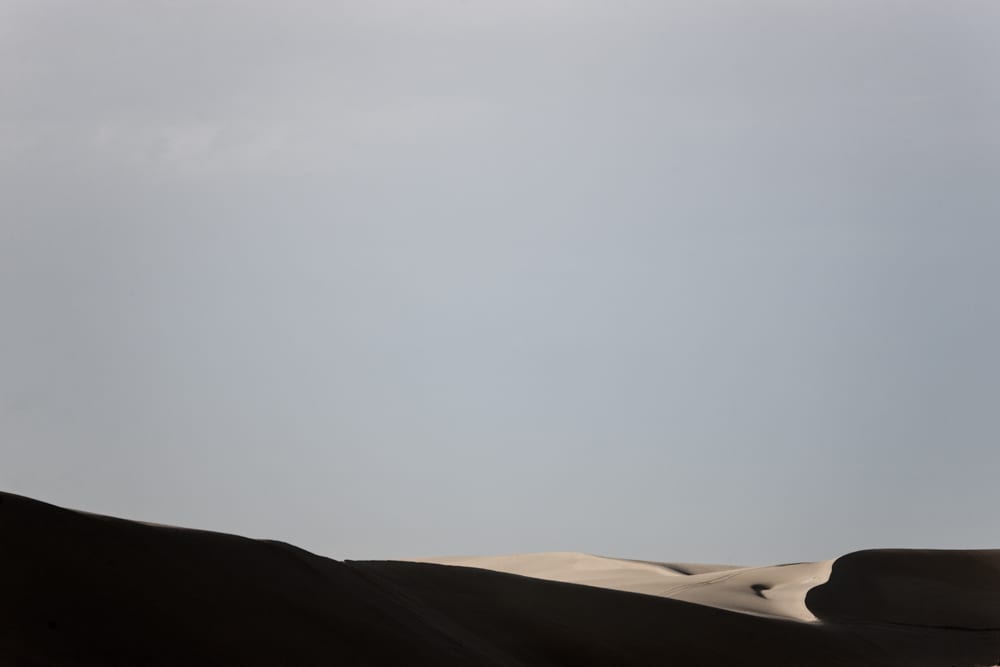
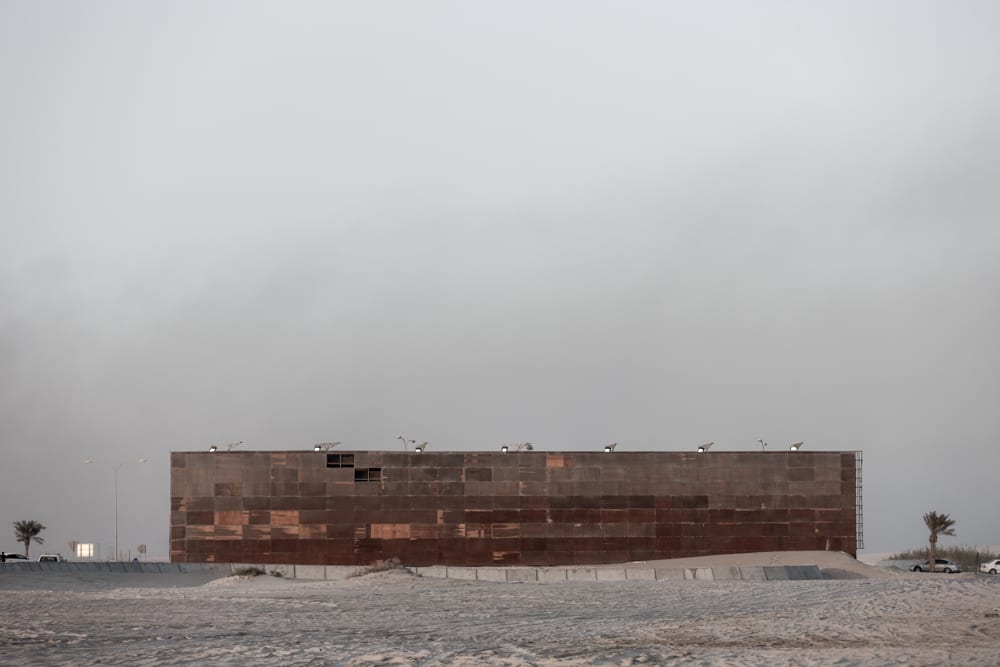
A sense of fear and alarm permeates this set before Al Azmeh moves on to the last segment: the purgatorial vastness of the desert. It is a hopeful close to a charged exhibition, perhaps even a Freudian defence mechanism. Though they speak of the unknown, the soft curves of the desert soothe a displaced, confused self.
There is a solace, but in this visual language, the limitless expanse speaks of the power of hope. This is Al Azmeh’s self-portrait, but it is also that of many.
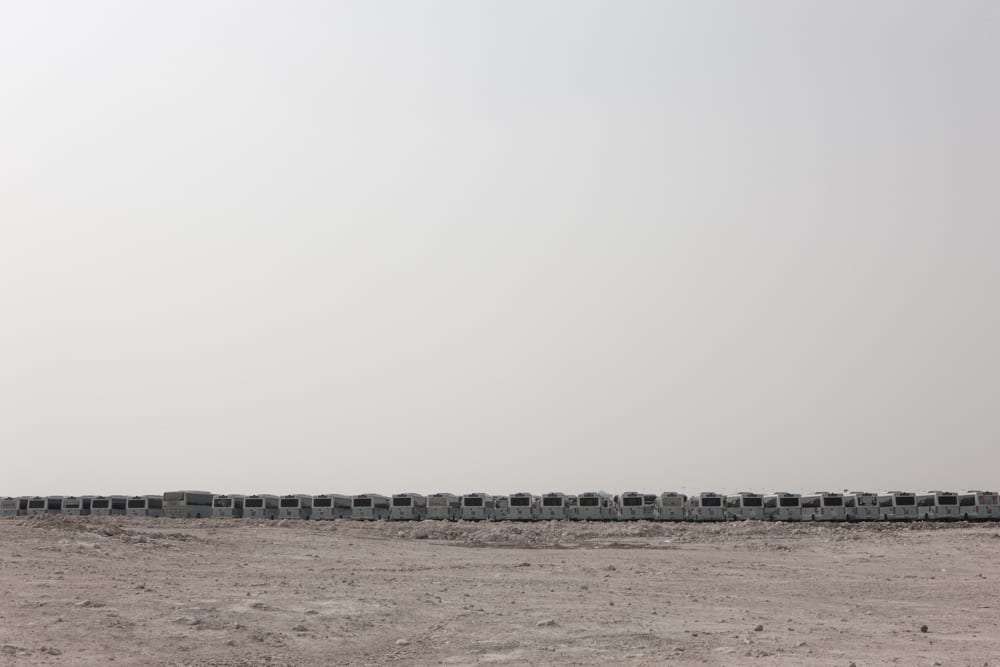
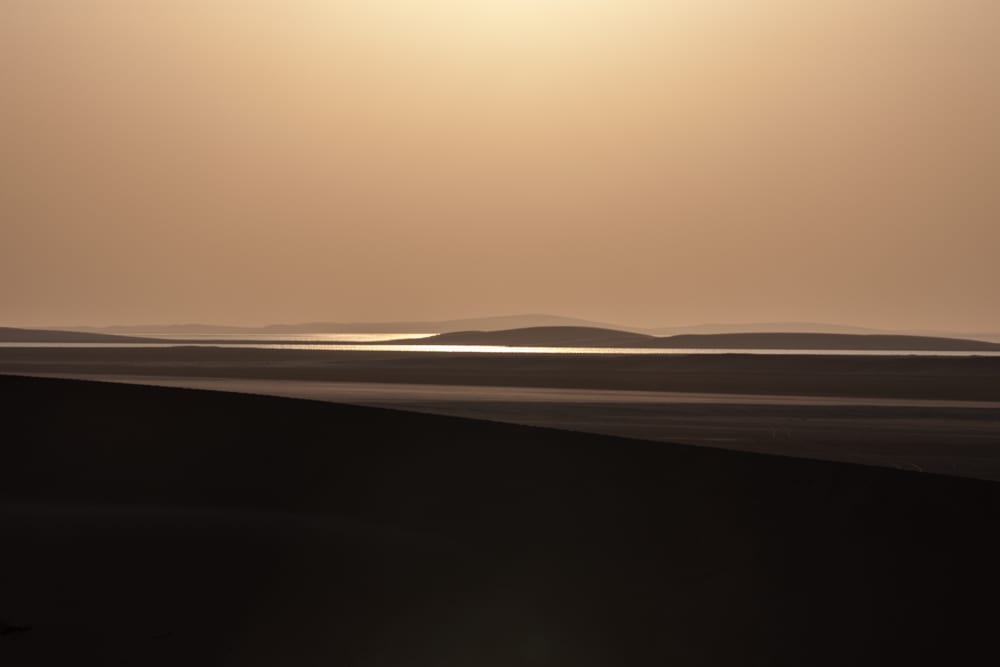
He has participated in various group shows, including Despite it all they make art! at the Institut des Cultures d’Islam, Paris, 2014; KunstStoff Syrien at Forum Factory, Berlin, 2014; Syriart 101 oeuvres pour la Syrie, Institute Du Monde Arabe, Paris, 2013; Journées de la Photographie 2011, organized by CCF Damascus; The Retrospective of Fine Arts in Syria (IV), New Generation of Syrian Artists, organized by the Damascus Arab Capital of Culture, 2008; and Biennial Dei Giovani Artisti Del Mediterraneo, Rome, Italy, 1999. He lives and works in Doha, Qatar.
The exhibition opens today, until 2 July 2016.
